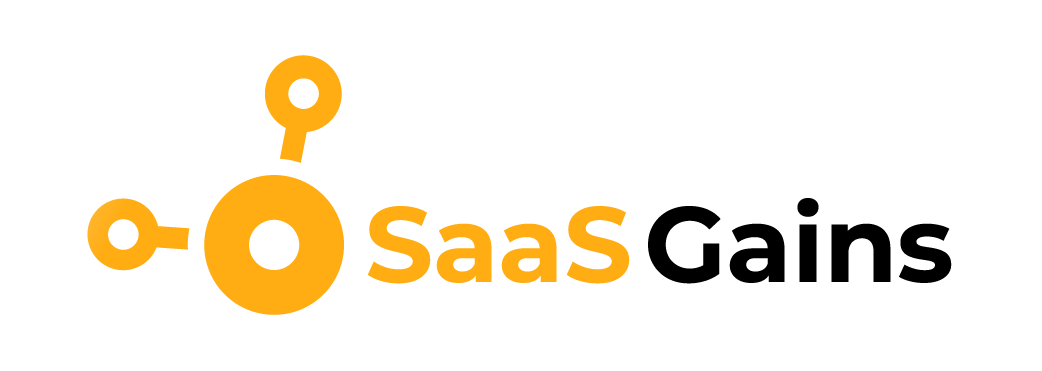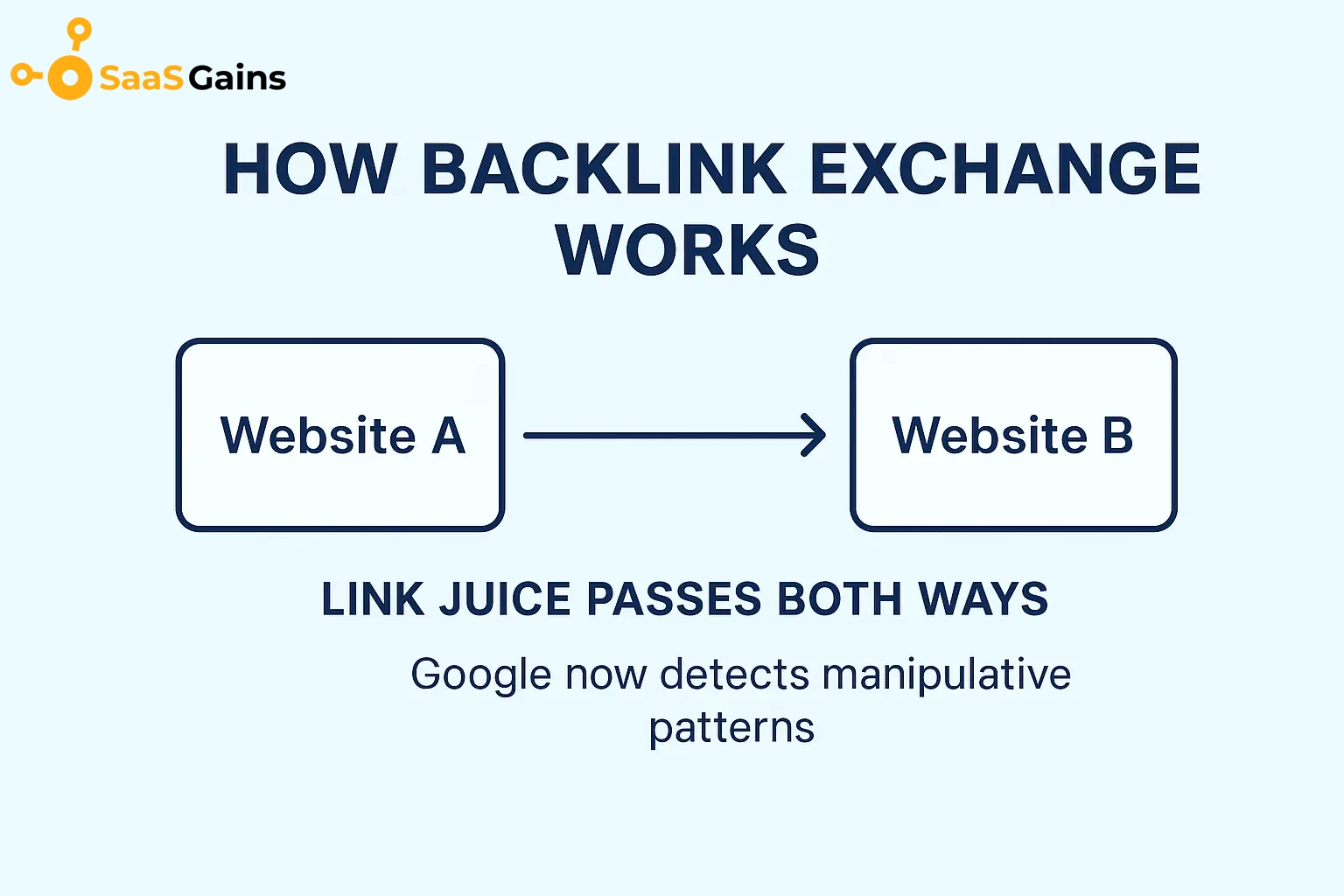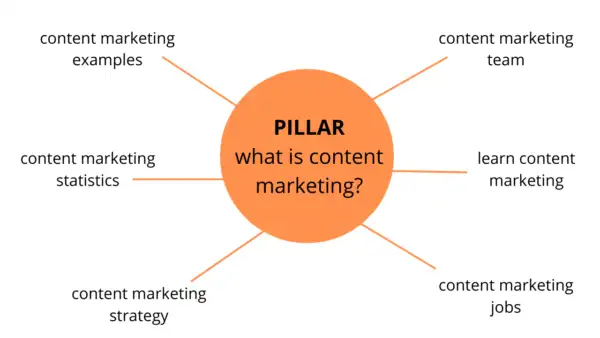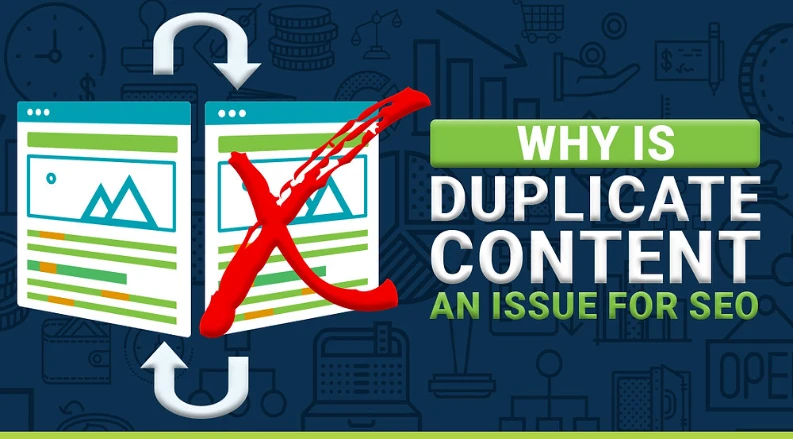In the rapid development times of search engine optimization, being ahead of the game means embracing new methodologies. Classic content writing, as worthy as it is, lags behind the great volume of niche searches and shifting user purpose. This is where programmatic SEO enters the scene as a trend but as a structural reorientation of how we execute digital visibility and content strategy for 2025. For everyone carrying out SEO with the goal of achieving widespread penetration and unparalleled efficiency, learning and incorporating programmatic SEO is no longer a matter of choice but a strategic necessity.
The Evolution of Digital Visibility
The Web is never still, with better search engines every day and end-users expecting answers in real-time, in context, and in larger volume. Programmatic SEO is a wholesale abandonment of the one-page-at-a-time, hand-coded content paradigm. It’s a method of automatically creating thousands, even tens of thousands, of highly relevant web pages. The technique uses data-driven content and smart templates to take action on a massive list of hunted search terms in bulk. Programmatic SEO 2025 guarantees efficiency and broad reach in search engine optimization, where companies can harvest up-rank from long-tail keyword phrases that would be too cumbersome to pursue manually.
Introducing the Simple Mechanism: Data-Driven Content Generation

Dynamic Templating: Design for a web page
Dynamic templating is designing these in intervals where various points of data will be placed. These templates would be loose and open, where personal details might be automatically coded based on each page created. It has design cohesion with an unlimited number of content possibilities.
Automated Content Assembly
With templates and content readily available, automated content assembly fills in the middle space. Internal scripts or software draw relevant information and fill it into respective placeholders of templates to create finished, optimized web pages in bulk. This eliminates most of the work that would otherwise be entailed in content creation.
The Balance between Human Guidance and Machine Velocity
Automation is where it occurs, but there must be human guidance. SEO experts establish the strategy, decide on the content, create the templates, and implement the quality control. The machines do the rest—the grind at record-breaking speed, so that human potential is free to focus on higher-order thinking, analysis, and optimization. This balance serves quality and quantity.
Most Essential Pillars to Thrive at Programmatic SEO in 2025
A. Strategic Data Discovery and Sourcing
- Building on Internal Data Foundations to Create Original Value
Internal data are the optimal starting point for the most effective programmatic SEO. It may be product information, customer data, proprietary research data, or where services are offered. Creating content from the internal, proprietary data offers very unique differentiation and creates more original content. - Looking for External Data Options and Partnerships
In addition to internal data, massive external data are available to enrich programmatic content. This may range from open data sets to sector data or data purchased through strategic partnerships. - Maintaining Data Relevance and Accuracy for High-Quality Output
Your programmatic content’s legitimacy lies in the data relevance and accuracy. Proper data validation processes need to be embraced not to generate false or misleading data, which can put user trust and search rankings at risk.
B. Intelligent Template Design and Optimization
- Designing Flexible and Adaptive Frameworks for Diverse Content
Templates should be designed in a manner that they can be able to accommodate different kinds of data as well as different kinds of content without seeming to be inflexible. This also includes the application of conditional logic for the display of supplied content blocks depending on what kind of data is available for a certain page. - User Experience Design Engagement Principles
A programmatic page should never be automated. User experience design should be user-centered so that it can be readable, with easy calls for action and easy navigation. That means mobile responsiveness optimization and speedy loading, the key to retaining users and getting ranked by search engines. - AI Summaries and Rich Results Optimization in Search Pages
AI summaries will become increasingly exposed on search pages by 2025. The templates need to be of a type that allows easy pulling of information using artificial intelligence algorithms. This involves the usage of short titles, schema markup data format, and brief and concise answers to frequently asked questions. Rich results optimization, such as featured snippets and knowledge panels, offers extra visibility.
C. Additional Content Generation and Automation
- Leveling Up with AI for Refining and Polishing Content
While programmatic SEO will produce content automatically, artificial intelligence can help improve the quality and uniqueness of produced content. AI programs can be utilized to help create original opening paragraphs, extract main points, or even produce variations of description paragraphs so each page provides different value. - Keeping Content Fresh and High Quality at Scale
Avoid one of the pitfalls and produce thin or duplicate content. Avoid it by instituting rigorous quality control processes. It includes establishing rigorous word count requirements for content, levels of distinctiveness, and human evaluation of a representative sample of pages produced to ensure they are held to high editorial standards. - Blending User-Generated Content for Depth and Credibility
Customer reviews, testimonials, and forum comments are pure gold for programmatic SEO. Blending them dynamically lends credibility, actual opinions, and fresh and valuable insights, which are hard to imitate by others.
D. Scalability, Maintenance, and Continuous Improvement
- Construction for Development: High Volume Pages Implications
An effective programmatic SEO approach demands a solid technical foundation that is strong enough to process high volumes of pages and traffic. - Monitoring Performance and Strategically Adjusting Based on Data Insights
Programmatic SEO is not a “set it and forget it” process. Organic traffic, keyword ranking, bounce rate, and conversion rate key performance indicators need to be monitored on a daily basis. Data-driven insights need to trigger periodic optimizations and strategic adjustments. - Managing Technical SEO for Large-Scale Operations and Indexing
Technical SEO is the place to be. Which translates to having solid indexation of all the pages being created with properly optimized XML sitemaps and proper crawl budget management, proper canonicalization implemented to prevent duplicate content, and tidy URL structures.
Programmatic SEO’s Special Benefits for Businesses

Releasing Mass Keyword Potential: The Long Tail Advantage for Niche Markets
Programmatic SEO tends to come about naturally as a result of pointing towards the “long tail” of keywords. They are highly specific, often lower-traffic keywords that together account for the gigantic volume of search traffic. It would be impossible to individually type them all out, but through programmatic SEO, it can be accomplished, and business owners can become experts in specialty markets.
Single Efficiency and Cost-Effectiveness of Content Production
With the process of content generation, companies can create an astronomical volume of pages that are extremely optimized in minutes and dollars rather than humanly. This translates to more return on investment for content marketing campaigns.
Building Market Penetration and Brand Credibility through Topic
Since it is possible to develop content on effectively all relevant variations of keywords, programmatic SEO enables companies to aim for aggressive market penetration. Excellent coverage builds brand authority on a high number of related topics and positions the company as an authority and go-to expert in its field.
Delivering Hyper-Relevant User Experiences Integrated within Exact Searches
Because programmatic pages are based on very specific search terms, they offer hyper-relevant user experiences. If the user is looking for the “best Italian restaurants in downtown Chicago,” a well-designed programmatic page for the search gives the user the correct information right away, resulting in greater engagement and satisfaction.
Real-World Implementation: Guidelines for a Successful Strategy
- Start with a Well-Established Data Strategy and Know Your Data Sources
Before you write a line of code or create templates, you should have a well-established plan of what data you have, what data you lack, and where you will obtain it. Your well-established data strategy is the programmatic master key to success. - Keep User Experience at the Heart of Every Template Design Element
Keep in mind that even though content is auto-generated, it still needs to be readable by humans. - Use Very Strict Quality Control Procedures on All Auto-Generated Content
Never sacrifice quality for quantity. Use a strict checking process, perhaps supplemented by human editors and sophisticated AI-powered content analysis tools, to mark down any errors or inconsistencies. - Adopt Iteration and Performance Monitoring for Continuous Improvement
Programmatic SEO is iterative. Track your page performance continuously, identify areas for improvement, and improve your data, templates, and generation processes based on actual results. - E. E. A. T. Principles: Expertise, Experience, Authoritativeness, and Trustworthiness for Credibility
Google’s reliance on EEAT is never more prevalent than it is in 2025. Bring your programmatic content into alignment with these qualities through authoritative sources, citing sources worth credence, and demonstrating expertise behind facts.
Illustrative Examples: Programmatic SEO in Practice
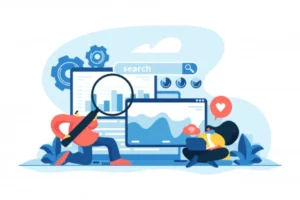
- E-Commerce Sites: Product Comparison Page Generation Scaling
Think of an electronics shop. Instead of creating manual comparison pages for “iPhone 15 versus Samsung Galaxy S25,” programmatic SEO allows them to create thousands of such pages for every product pair they can imagine from their products database by pasting specs, prices, and consumer ratings. - Travel and Tourism: Creating In-Depth Destination Guides
A travel site can employ programmatic SEO to create highly comprehensive guides to “things to do in [city],” “top hotels in [city],” or “restaurants in [city by cuisine].” Each page will automatically be filled with local things to do, places to stay, and restaurants from an exhaustive database of travel information. - Service Directories: Creating Localized Business Listings based on Geography
A home services directory example can create pages such as “plumbers in [city, state],” “electricians in [city, state],” or “HVAC repair in [city, state].” - Educational Materials: Creating Topic-Specific Guidelines and Definitions
An educational portal can produce programmatic pages on “how to solve [math problem type],” “how to learn [scientific principle],” or “[language feature] grammar rules.” Every page is a specific description based on the specific request, fetched from a vast repository of learning materials.
Challenges and Strategic Solutions
- Thin or Duplicate Content Avoidance Quality Control Mechanisms
This will probably be a consequence of low-quality or duplicate content if not set in balance. Solutions involve having minimum content length as a parameter and applying natural language generation methods with the purpose of adding new contextual information so that quality control checks and human editors remain reserved only for ad hoc spot checks as well. - Index Management and Crawl Budget: Technical Optimization Strategies
Each site has a limited crawl budget for search engines. Indexing is essential in big programmatic sites at scale. This includes internal link hierarchy optimization, submitting complete XML sitemaps, and robots.txt file management to direct crawlers to the most critical content. - Avoid Keyword Cannibalism: Intelligent Keyword Clustering and Mapping
When making multiple such comparable pages as part of a process, the problem is that there can be chances for more than one page competing to gain the same keywords. By using intelligent keyword clustering and mapping, the problem is that each programmatic page is meant to target an individual set of long-tail keywords so that they don’t compete internally. - Algorithm Resilience: Sustaining Agility and Ongoing Vigilance
Programmatic SEO platforms have to be designed in a way that they enable agility, i.e., quick template and content guideline updates as algorithm updates occur. Continuous monitoring of search results should also be enabled so that there can be observation and response to changes in a timely manner.
Development Path of Programmatic SEO Post-2025
- More Use of Generative AI in Content Creation
AI technology is evolving. Look for more native, higher-level AI models natively integrated into programmatic SEO processes to facilitate more malicious, human-like creation at scale. - Further Semantic Insight into Search
Further semantic insight into purpose and content in search. Programmatic SEO activity will need to be rewritten to have more thought and ideas and have more underlying intent inspection, along with conceptualization of a thought around it. - Future of Personalization at Scale in Digital Experience
Although increasingly. Fine-grained user data will supply the grist for programmatic SEO to enable hyper-personalization; that is to say, not only content responsive to a query search but also content tailored to the user’s behavior history, prior interactions, and geography in order to provide very differentiated digital experiences.
Conclusion
Programmatic SEO 2025 is not the technical trick of the future but the strategic path toward scalable dominance online. With the forces of data-driven content generation, smart templating, and ongoing optimization, SEO professionals possess the keys to unlock massive new doors to organic traffic and market leadership. With the ability to create thousands of highly specialized, high-quality pages at scale, organizations can reach their target audience at a level never before achieved and drive conversions and engagement. While the internet is still developing at light speed, those who utilize and take advantage of programmatic SEO sensitively will surely be ahead of everyone else when it comes to grabbing the attention of the search user today. That is the way forward for astute content and digital marketers who are willing to remain in pace with innovation and data-driven growth.
FAQs
1. What is programmatic SEO, and how does it differ from traditional SEO?
Programmatic SEO is an automated process that produces tens of thousands of web pages from data based on templates, a far cry from the traditional SEO page-by-page manual treatment.
2. How is data driving a programmatic SEO strategy?
Data is the building block, used to fill in template placeholders and create new and useful content in bulk, such as up-to-date conversion rates or full product descriptions.
3. What is the function of templates and AI in content creation?
Templates provide a standard visual form, and AI can be used to add fresh variations and refinement to the content, preventing flatness and improving quality.
4. How do you ensure quality and prevent duplicate content at scale?
Quality must be assured by human oversight and strict quality control measures. Original information utilization and prevention of the “thin content” issue should be aimed at with genuine value and content on each page.
5. Can you give some examples of programmatic SEO in action?
For instance, online shopping sites building massive product comparison pages, travel websites building city guides from a local store of facts, and service directories building localized business listings.
6. What are the primary benefits of programmatic SEO to businesses?
It allows businesses to reach an immense quantity of long-tail keywords, which is similar to maximum market reach and very low-cost content creation in contrast to a human effort.
7. What are the most crucial technical specifications to implement programmatic SEO?
There must be an appropriate technical infrastructure so that the site has the capability to handle heavy traffic volumes and crawl through pages. This involves indexation optimization, crawl budgeting, and clean URLs.
